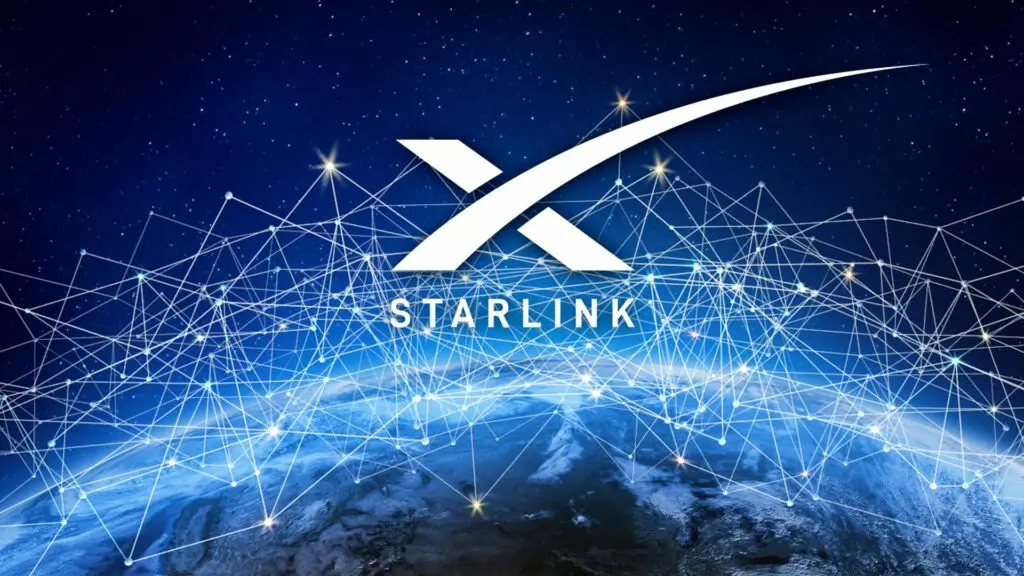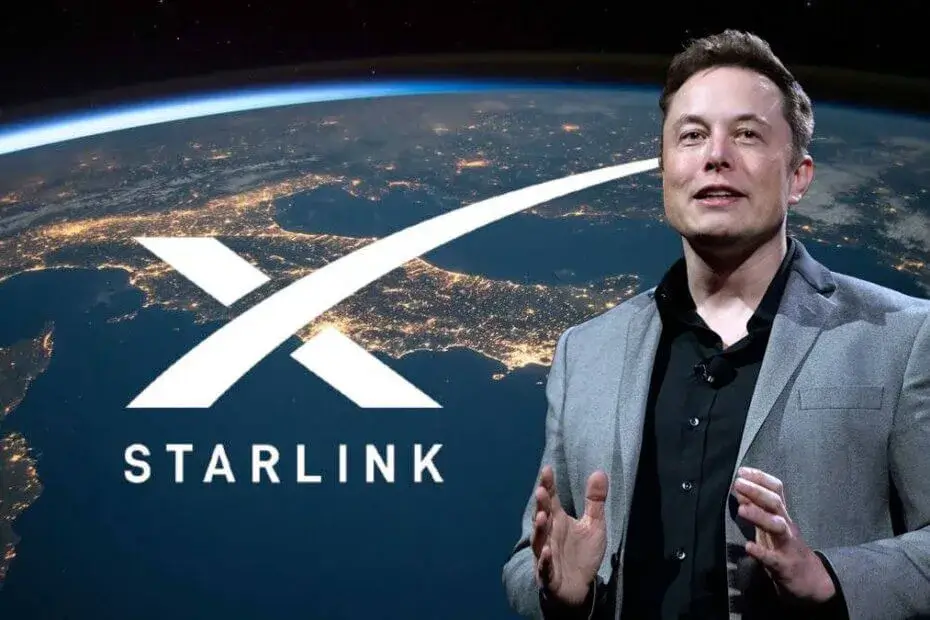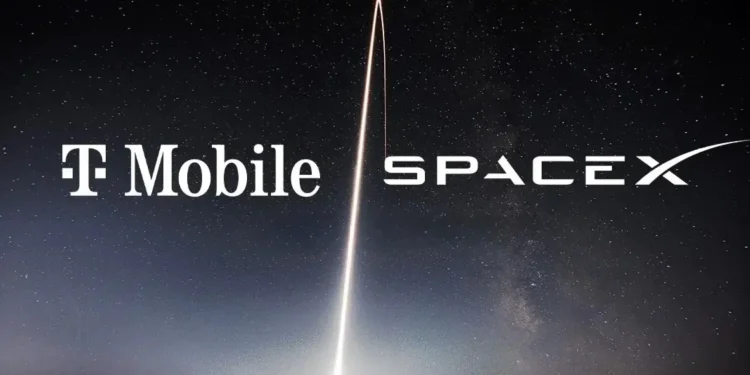SpaceX is revolutionizing mobile connectivity with its direct-to-cell satellite service in partnership with T-Mobile. This innovative technology promises to eradicate dead zones in the U.S., offering reliable internet access through satellite connectivity. Starting later this year, T-Mobile customers will enjoy exclusive access to this groundbreaking service, marking a significant leap forward in telecommunications technology. This article delves into the details of the SpaceX and T-Mobile partnership.
It explores the implications for other major carriers like AT&T and Verizon and discusses the global expansion plans for this technology. With this new service, mobile users will experience unprecedented connectivity, changing how we think about mobile internet access. The future of telecommunications is bright, starting with SpaceX’s pioneering satellite service.
SpaceX’s Satellite Service: A Game Changer for Mobile Connectivity

In late 2024, SpaceX will launch a direct-to-cell satellite service that promises to transform the telecommunications landscape. This service, which has been provided exclusively by T-Mobile for one year, aims to eliminate coverage dead zones across the United States. Elon Musk has announced that this innovative technology will later be available to other carriers, potentially including AT&T and Verizon.
The Partnership Between SpaceX and T-Mobile
SpaceX has chosen T-Mobile as its first U.S. partner to roll out this direct-to-cell technology. The collaboration is poised to leverage SpaceX’s advanced satellite capabilities with T-Mobile’s robust network infrastructure. This partnership aims to enhance T-Mobile’s network and sets the stage for widespread adoption of satellite-to-phone communication in the upcoming Tesla Pi Phone.
T-Mobile’s Year of Exclusivity
For the first year after its launch, T-Mobile will be the sole U.S. carrier to offer SpaceX’s satellite connectivity. This exclusivity period is crucial for T-Mobile to capitalize on the unique technology, offering their customers a first-of-its-kind service. This strategic move is expected to significantly boost T-Mobile’s market share by attracting customers eager for reliable, everywhere connectivity.
Potential Expansion to Other Carriers
After the exclusivity period with T-Mobile ends, other carriers like AT&T and Verizon may adopt this technology. These carriers have already shown interest in space-based mobile services, having engaged with other satellite communication providers. However, the integration of SpaceX’s technology could provide a superior alternative, given SpaceX’s advancements in satellite technology.
Global Strategy for Direct-to-Cell Service
SpaceX plans to implement its direct-to-cell service globally, initially working with one carrier in each country. Carriers like KDDI in Japan, Optus in Australia, and Rogers in Canada are slated to partner with SpaceX. This approach ensures that SpaceX can tailor its service to specific regional needs while gradually expanding its global footprint.
Technical Aspects and Capabilities

SpaceX’s service will initially support text messaging, with plans to enable voice calls later. While it won’t turn phones into fully satellite-enabled devices immediately, it will provide critical connectivity for emergency communication. This step is seen as the first phase in a broader strategy to integrate satellite communications fully into everyday mobile use.
Challenges and Considerations
Despite the excitement, there are challenges ahead. SpaceX must navigate regulatory hurdles, spectrum rights issues, and potential pushback from traditional mobile carriers. Moreover, the technological integration of satellite and cellular networks will require significant testing to ensure reliability and seamless user experience.
The introduction of SpaceX’s satellite service will significantly disrupt the mobile and broadband industries. It will pressure traditional carriers to innovate rapidly and shift consumer expectations towards universal connectivity. Additionally, this service will likely spur further satellite technology and infrastructure investments.
Conclusion
The launch of SpaceX’s direct-to-cell satellite service in collaboration with T-Mobile represents a transformative development in the field of telecommunications. By eliminating dead zones and providing reliable connectivity anywhere, this service is set to redefine mobile internet standards. As we look toward the future, the potential expansion to other carriers and global markets promises even broader impacts.
This innovation enhances how we connect with one another and underscores the growing significance of satellite technology in shaping our connected world. The success of this initiative could very well dictate the future trajectory of global telecommunications, making it a pivotal moment not just for SpaceX and T-Mobile but for the entire industry.

